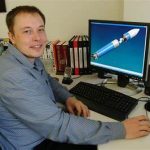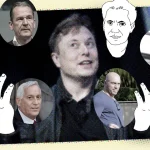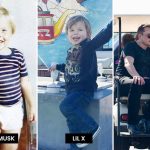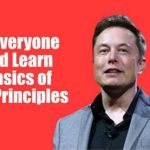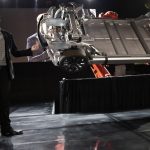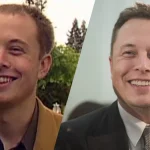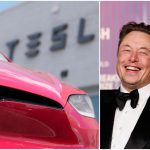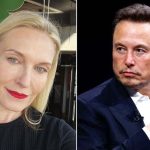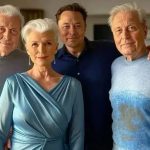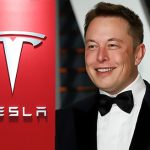PayPal: Elon Musk’s First Step into the World of Entrepreneurship
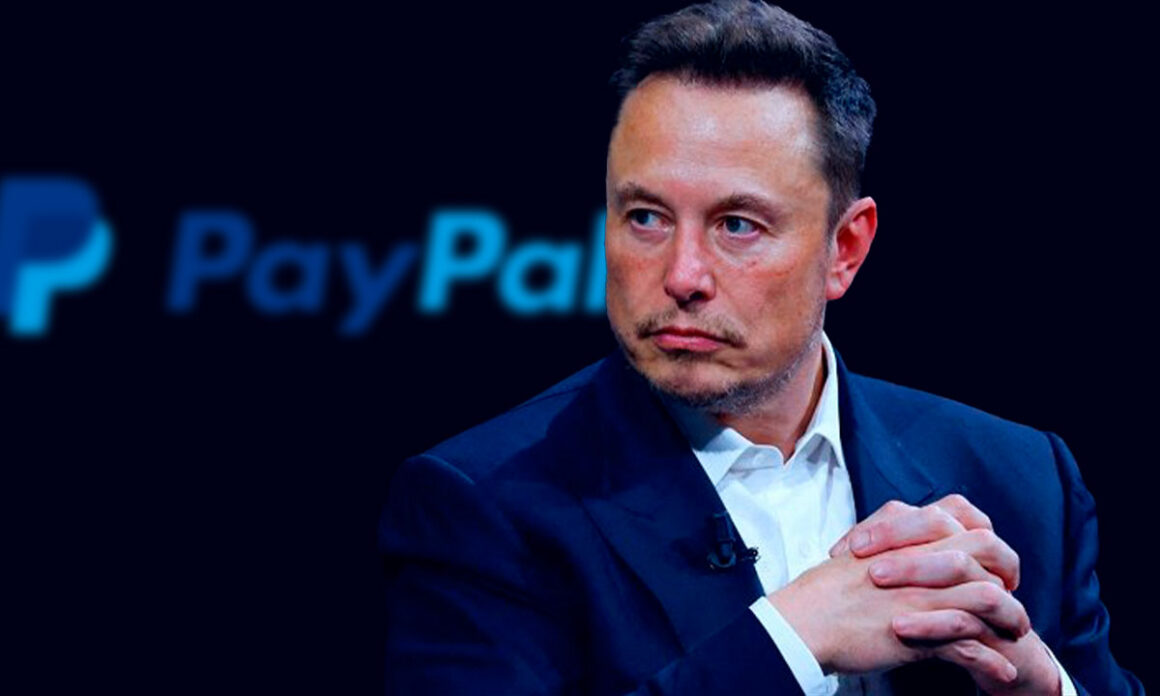
PayPal: Elon Musk’s First Step into the World of Entrepreneurship
Long before Elon Musk became the face of interplanetary travel with SpaceX or the electric vehicle revolution with Tesla, he took his first bold steps into the entrepreneurial wilderness through PayPal. In the late 1990s, as the internet was reshaping how the world worked, Musk dove into the uncharted waters of online finance, planting the seeds for a company that would transform digital payments and cement his reputation as a visionary risk-taker. PayPal wasn’t just a startup—it was Musk’s proving ground, his first major triumph, and the financial springboard that launched him toward the stars. Let’s rewind to that dot-com era and unpack how this fintech pioneer set the stage for Musk’s legendary career.
The Genesis of a Fintech Pioneer 💻
Picture 1999: the internet’s buzzing, e-commerce is exploding—Amazon’s selling books, eBay’s auctioning everything from Beanie Babies to vintage cars—but paying online? That’s a clunky mess. Credit card forms are a hassle, bank transfers take days, and security’s a gamble. Enter Elon Musk, a 27-year-old South African transplant fresh off his first win—selling Zip2, a digital city guide, to Compaq for $307 million. Flush with $22 million from that deal and a mind buzzing with big ideas, Musk saw a gap: the world needed a faster, safer way to move money online. So, he co-founded X.com with Harris Fricker, Ed Ho, and Christopher Payne, aiming to drag banking into the digital age.
X.com wasn’t your grandpa’s bank—it was an online financial platform built from scratch to simplify transactions in a booming internet economy. Musk’s vision was ambitious: a one-stop shop where users could pay bills, transfer cash, and manage accounts, all with a few clicks. At its core was a killer feature—email-based payments. Send money to anyone with an inbox, no paper checks or bank queues required. It was radical for 1999, when most banks were still faxing paperwork and e-commerce relied on snail-mail money orders. X.com even offered perks like $20 sign-up bonuses and interest-bearing accounts, luring early adopters in droves—100,000 users signed up in its first year.
But the road was bumpy. X.com burned cash fast—$1 million a month—building tech and dodging regulators who weren’t ready for an internet bank. Musk, ever the optimist, pushed hard, coding alongside engineers and dreaming of a financial empire. Then came the twist: in March 2000, X.com merged with Confinity, a rival startup founded by Peter Thiel, Max Levchin, and Luke Nosek. Confinity’s claim to fame? A slick digital wallet called PayPal, designed for Palm Pilot payments but gaining traction online. The merger was a shotgun wedding—two cash-strapped startups pooling talent and tech to survive the dot-com bubble’s burst. Musk’s big-picture vision met Confinity’s user-friendly finesse, setting the stage for something epic.
From X.com to PayPal 💰
Post-merger, the company ran as X.com, with Musk as CEO and a 30% stake. He saw it as the future of finance—a platform to rival banks and credit card giants. But tension brewed. Confinity’s crew—Thiel, Levchin, and their “PayPal Mafia”—pushed the PayPal wallet as the star, especially as eBay users adopted it to settle auctions. Musk wanted X.com to be a financial Swiss Army knife; the PayPal team saw a lean, payment-focused rocket. Tech woes piled on—servers crashed under growth, and Musk’s push for a Unix rewrite clashed with Levchin’s stable Windows system.
By late 2000, PayPal’s traction won out—70% of eBay transactions used it, and users hit 1 million. The branding debate hit a boiling point: “X.com” sounded edgy but vague (and a bit porny—X-rated sites were a thing); “PayPal” was catchy, clear, and beloved. In October 2000, while Musk was honeymooning in Australia, the board—led by Thiel—staged a coup, ousting him as CEO over strategy rifts. Thiel took the helm, and in 2001, the company rebranded as PayPal, Inc. Musk was stung—he later called it a “knife in the back”—but stayed a major shareholder, owning 11.7%.
PayPal’s rise was meteoric. By 2002, it had 15 million users, processing $3.2 billion in transactions yearly. Its genius? Simplicity—link a bank or card, send cash via email, done. No forms, no fuss. eBay buyers and sellers loved it, small businesses thrived on it, and fraud protection (Levchin’s crypto chops) kept it legit. PayPal turned a Wild West internet into a trusted marketplace. Then came the big score: in July 2002, eBay bought PayPal for $1.5 billion in stock. Musk’s cut? About $165 million (over $250 million today)—a jackpot for a 31-year-old who’d just been sidelined.
A Launchpad for Bigger Dreams 🚀
Musk’s PayPal stint was short—less than three years—but it was a game-changer. That $165 million wasn’t just cash; it was rocket fuel. In 2002, he poured $100 million into SpaceX, betting on reusable rockets when NASA laughed at the idea. In 2004, he dropped $6.5 million into Tesla Motors, joining as chairman and later CEO to electrify cars. PayPal’s payout wasn’t the whole story, though—it was the lessons. Musk learned to spot trends (e-commerce’s rise), take wild risks (all-in on X.com), and build tech that scales (PayPal’s millions). He honed a knack for disruption—banks hated PayPal’s guts—and a resilience that shone when SpaceX’s Falcon 1 failed thrice before soaring in 2008, just as PayPal pivoted from chaos to cash.
PayPal itself didn’t fade—it exploded. By 2025, it processes $1.5 trillion yearly, with 400 million users, powering everything from Etsy shops to Venmo (its offspring). It birthed the “PayPal Mafia”—Thiel (Founders Fund), Levchin (Affirm), Reid Hoffman (LinkedIn)—a crew that reshaped tech. Musk moved on, but his DNA’s in PayPal’s bones: a user-first, tech-driven ethos that echoes in Tesla’s over-the-air updates and SpaceX’s customer launches.

Legacy of a First Step 🌟
PayPal wasn’t Musk’s longest gig, but it was his entrepreneurial baptism. It proved he could turn a wild idea—email money!—into a world-changer, even if he didn’t steer it to the finish line. At X.com, he coded nights, fought regulators, and dreamed of upending finance—grit that resurfaced when he slept on Tesla’s factory floor in 2018 or lived at SpaceX’s Starbase in 2025. PayPal taught him failure’s a teacher—X.com’s stumbles sharpened his focus—and success is a springboard, not a sofa. That $165 million wasn’t the prize; it was the toolkit for SpaceX’s 300+ missions and Tesla’s 5 million EVs by 2025.
Zoom out, and PayPal’s Musk era is a microcosm of his magic. He saw the internet’s potential when dial-up ruled, just as he saw EVs when gas reigned and Mars when space was stale. It’s not about fintech alone—it’s about using tech to fix what’s broken, whether it’s payments, pollution, or planetary limits. Before the world crowned him the rocket man or EV king, Musk was a 20-something coder with a hunch and a hustle. PayPal was his first canvas—messy, brilliant, and the spark that lit his billion-dollar blaze.
The Bigger Picture
Think about 1999 Musk: no fame, no fortune, just a guy with a Compaq payout and a vision. PayPal was his lab—where he tested disruption, learned mergers sting, and banked enough to bet on crazier dreams. Compare that to 2025 Musk: $200 billion net worth, SpaceX valued at $350 billion, Tesla at $1 trillion. PayPal’s $1.5 billion exit seems quaint now, but it was the domino that tipped the rest. Without it, no Falcon 1, no Model S, no Starship orbiting in 2025. It’s not just a first step—it’s the foundation of a guy who doesn’t build companies, but futures.
PayPal’s legacy ripples too. It kicked off digital wallets—Stripe, Square, Apple Pay owe it a nod—and made online shopping a breeze. Musk’s early bet on e-commerce’s boom (eBay transactions doubled from 2000-2002) mirrors his SpaceX bet on space tourism or Tesla’s on EV fleets. He’s not in fintech now—X’s 2022 buyout aside—but PayPal’s spirit lives in his playbook: spot the wave, ride it hard, cash out, aim higher.
Final Take
PayPal wasn’t Musk’s endgame—it was his launchpad, a fintech fling that proved he could play with the big dogs and win. It’s where he cut his teeth, made his first millions, and learned the game he’d master with SpaceX’s reusable rockets and Tesla’s green empire. Before the world knew him as the cosmic dreamer or EV evangelist, Elon Musk was a fintech pioneer whose PayPal gamble paid off—not just in dollars, but in the audacity that’s defined everything since. From email payments to Mars missions, it all started here—a first step that echoes across galaxies. 🌟


